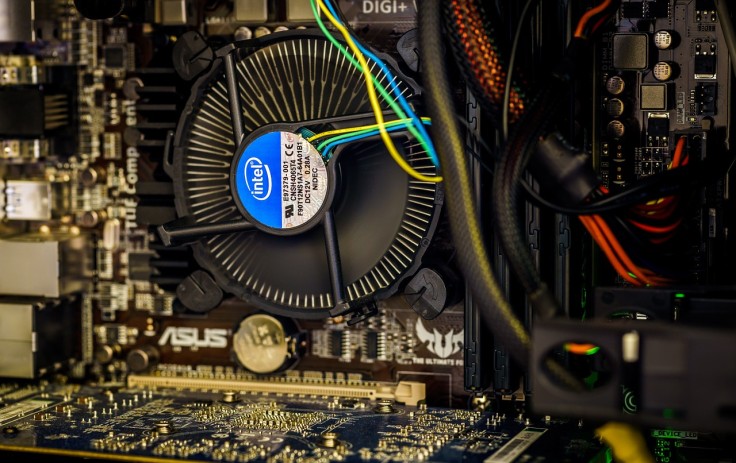
If you are not sure how to update BIOS, then read on for some helpful tips.
BIOS or basic input and output system initializes all the devices attached to your PC, including the CPU, motherboard, and GPU chipset. Unless you really need to, it is not advisable not to perform an update as it can damage your PC if not done properly.
Updating BIOS helps fix issues such as unable to recognize new hardware as well as provide security updates and enhance stability. Below are the steps to update your BIOS.
Download the BIOS update
You need to make sure that you have a reliable power backup. Your computer should not be interrupted while upgrading your BIOS; otherwise, it may get corrupted. Then check the BIOS version that you currently have by using the Command Prompt or the System Information tool. You also need to take note of the motherboards' model.
The next step is to download the latest version of the BIOS from the motherboard manufacturer's website. Check their Support page and find the Download section where you can search using the motherboard model.
Be mindful that you only download the updated version that matches the exact model number. And once you find the matching file, click the download link. For most downloaded files you will find them saved in a ZIP folder for you to extract and use.
Updating the BIOS
There are several ways you can update the BIOS:
Update it from the BIOS page
Some manufacturers will let you update your BIOS by just selecting the option to update. However, before you do that, make sure that you copy the downloaded BIOS update to a USB drive. Then access the BIOS through the boot sequence; for most manufacturers, it will be the F2 key.
However, you can check your manual or access it using the Windows Start Menu. Once you have your Windows started, press the Start Menu and select the Power button. Then hold the Shift key and select Restart. Once options are displayed, select Troubleshoot, then UEFI Firmware Settings from the Advanced options. Then you will need to click Restart.
Once the BIOS page appears, select the BIOS update option. You will now be prompted to choose the update file from the USB flash drive.
Use a DOS USB Drive
Another way to do it is by creating a bootable USB drive and also copying the BIOS updated version to the USB flash drive. Now, this process can be complicated, and you will need a utility tool to allow you to flash the BIOS.
To do so, you need to download a tool, such as Rufus, that will let you format the USB flash drive. Remember to select "Create a bootable disk using FreeDOS" option. Then you may transfer the BIO update and the flash tool to the DOS USB drive and then restart your PC.
Make sure to set your USB Drive as the boot device and then run the BIOS update tool.
Use a Windows-based program
Utilizing a Windows-based application is another way to update your BIOS. Check your motherboard manufacturer's website if they have a BIOS update application that you can download and use. All you need to do is to go to the website and find the update utility page. Enter the serial number or lookup using the model.
Some security software and firewall may interfere with the process, so it is advisable to turn them off before you proceed.
Read next:
Here Are Simple Ways to Have a Smart Home









